Two jammed locks that prevented NASA from retrieving priceless asteroid samples have finally been opened after a months-long process.
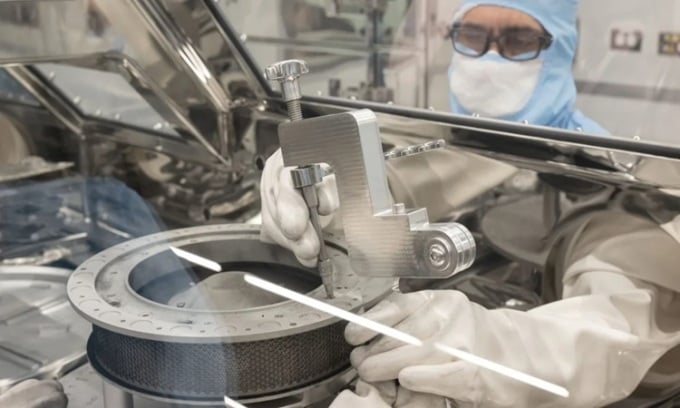
NASA staff try to open the lid of the sample compartment. Photo: Robert Markowitz/NASA
NASA announced on January 11 that it had retrieved 70 grams of rock and dust from OSIRIS-REx, a mission that flew nearly 6.4 million kilometers to collect samples from the near-Earth asteroid Bennu, according to CNN . In October 2023, NASA staff were unable to access some of the material in the compartment inside the device called Touch-and-Go Sample Acquisition Mechanism (TAGSAM), a robotic arm with a compartment at the tip that holds samples from Bennu. The compartment lid is sealed with 35 latches, but two of the latches were too difficult to open.
Prying the mechanism open was no easy task. NASA had to use approved materials and tools around the capsule to minimize the risk of damage or contamination. “These new instruments also need to operate in the cramped space of a glovebox, which limits their height, weight, and curvature,” explained Dr. Nicole Lunning, OSIRIS-REx mission manager at NASA’s Johnson Space Center in Houston. “The management team was incredibly patient and did a great job removing the locking pin from TAGSAM’s lid.”
To solve the problem, NASA created two tools from medical-grade stainless steel, the strongest metal approved for use. Before tackling the stuck latch, the Johnson Space Center team tested the tools in a rehearsal lab, slowly increasing the force to ensure the tools could successfully remove the clasp. By the afternoon of January 11, NASA said a few more disassembly steps were needed. After that, they could photograph, retrieve, and weigh the hidden object in the capsule.
Analysis of material from Bennu collected by NASA researchers last fall revealed that the asteroid sample contained abundant water in the form of hydrous clay minerals as well as carbon. The team says the evidence for water on the asteroid supports current theories about how water appeared on Earth billions of years ago.
"The reason Earth became a habitable planet with oceans, lakes and rainwater is because clay minerals rained down on the planet 4 to 4.5 billion years ago," said Dante Lauretta, principal investigator of the OSIRIS-REx mission.
Some of the previously collected Bennu samples have been sealed in containers for study over the coming decades, according to NASA.
An Khang (According to CNN )
Source link




![[Photo] Prime Minister Pham Minh Chinh works with the Standing Committee of Thai Binh Provincial Party Committee](https://vphoto.vietnam.vn/thumb/1200x675/vietnam/resource/IMAGE/2025/5/12/f514ab990c544e05a446f77bba59c7d1)
![[Photo] Prime Minister Pham Minh Chinh starts construction of vital highway through Thai Binh and Nam Dinh](https://vphoto.vietnam.vn/thumb/1200x675/vietnam/resource/IMAGE/2025/5/12/52d98584ccea4c8dbf7c7f7484433af5)

![[Photo] Prime Minister Pham Minh Chinh receives Swedish Minister of International Development Cooperation and Foreign Trade](https://vphoto.vietnam.vn/thumb/1200x675/vietnam/resource/IMAGE/2025/5/12/ae50d0bb57584fd1bbe1cd77d9ad6d97)








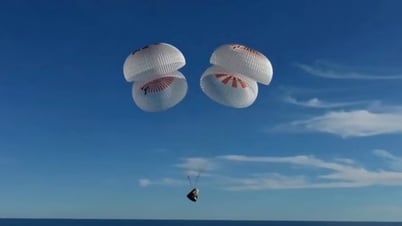







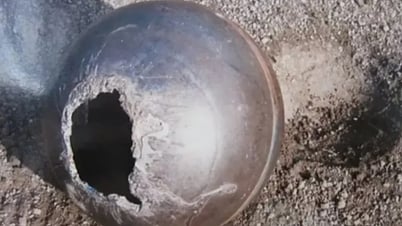
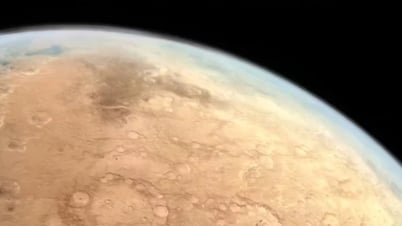










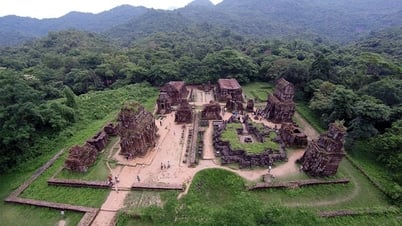



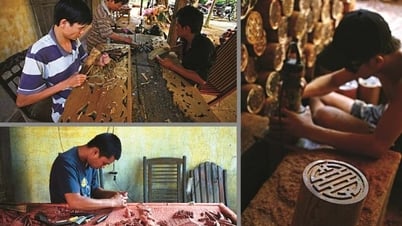





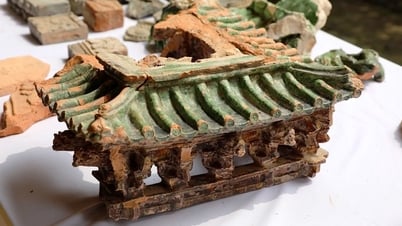








































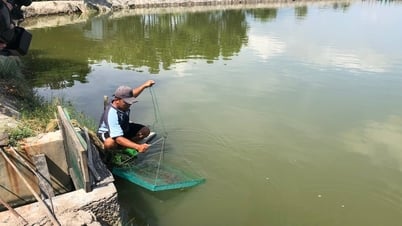


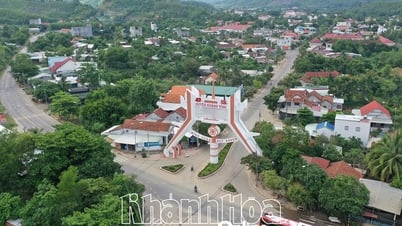











Comment (0)